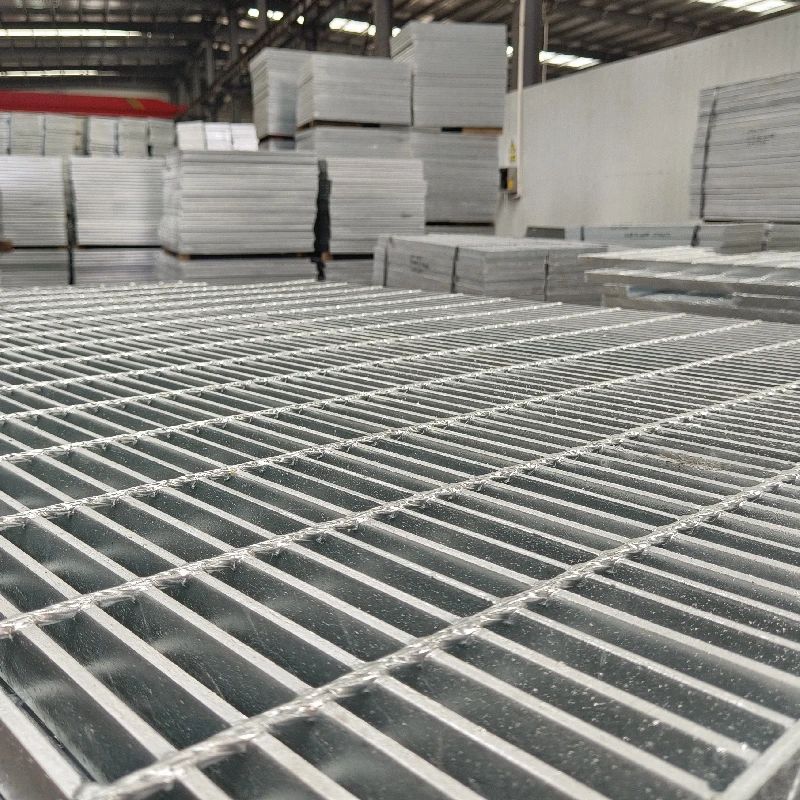Dec . 02, 2024 02:51 Back to list
military barbed wire fence
The Strategic Importance of Military Barbed Wire Fences
Barbed wire fences are commonly associated with agricultural and livestock management, but their applications extend far beyond this; they play a significant role in military operations and security measures. Military barbed wire fences serve as a critical element in the defense strategy of a nation, protecting borders, securing military installations, and maintaining order in conflict zones. This article explores the strategic importance of military barbed wire fences, their historical context, and their impact on modern warfare.
Historical Context
The use of barbed wire dates back to the late 19th century, but its military applications gained prominence during World War I. The necessity for effective trench warfare led to the widespread deployment of barbed wire as a means to secure troop positions and impede enemy advances. Soldiers quickly learned that a concerted effort to fortify defenses could significantly reduce casualties. The intricate web of barbed wire not only delayed enemy movements but also created psychological barriers, instilling fear and doubt in the hearts of opposing forces.
As warfare evolved, so did the use of barbed wire. During World War II, the introduction of concertina (or coil) barbed wire, which could be easily transported and deployed, revolutionized its application. This type of wire was employed extensively in fortifying positions, detaining prisoners, and segregating civilians from combat zones. The efficacy of barbed wire in warfare cannot be overstated; it remains a fundamental asset in a military’s defensive arsenal.
Tactical Applications
Military barbed wire fences serve multiple tactical purposes, each critical to ensuring the safety and effectiveness of military operations. Firstly, they provide a physical barrier that can deter unauthorized access to sensitive areas, such as military bases, weapons depots, and command centers. This physical barrier is especially important in high-conflict zones where insurgent attacks are prevalent.
Moreover, barbed wire is often used in conjunction with other security measures, such as surveillance systems and guard towers, to create a layered defense. The presence of barbed wire can slow down intruders, giving security personnel more time to respond to potential threats. Furthermore, in a combat scenario, the deployment of barbed wire can shape the battlefield. By manipulating the terrain with strategically placed fencing, military commanders can guide enemy movements into kill zones or create chokepoints to maximize the impact of their defensive forces.
military barbed wire fence

Psychological Warfare
Beyond their physical deterrence capabilities, barbed wire fences have significant psychological implications. The sight of barbed wire often evokes a sense of danger and foreboding. It serves as a stark reminder of the potential violence and chaos that exist outside the secured areas. This psychological aspect can be leveraged to maintain control over populations in conflict zones, discouraging dissent and rebellion through the stark visual representation of military might.
In many cases, barbed wire trenches have become symbols of oppression and conflict. Their presence can create a stark divide between combatants and civilians, reinforcing societal divisions. Additionally, in humanitarian crises, such as refugee camps or conflict-affected areas, barbed wire may be used to manage populations. While it can serve to protect, it can also contribute to the trauma experienced by displaced individuals living in these conditions.
The Future of Military Barbed Wire
As technology evolves, the use of military barbed wire fences continues to adapt. Innovations such as motion sensors, smart alarms, and surveillance drones are increasingly integrated with traditional fencing methods. These advancements aim to enhance the effectiveness of barbed wire as a security measure while reducing the need for human resources in high-risk areas.
Moreover, as geopolitical tensions escalate worldwide, the need for effective border security measures, including barbed wire, remains crucial. Military forces are likely to continue relying on this time-tested tool, even as strategies and technologies evolve.
Conclusion
Military barbed wire fences are more than mere physical structures; they represent a critical component of modern military strategy and defense. Through their historical context, tactical applications, and psychological influence, barbed wire remains a powerful tool that shapes the landscape of warfare. As nations continue to confront new threats and challenges, the strategic importance of military barbed wire fences will undoubtedly endure, adapting alongside advancements in warfare and security technologies. Amid the complexities of modern conflict, barbed wire serves as a reminder of the enduring necessity to protect and secure vital assets in an unpredictable world.
-
Reinforcing Mesh: Core Material of the Construction Industry
NewsJul.07,2025
-
Welded Wire Fabric Reinvented for Modern Projects
NewsJul.04,2025
-
Superiority of Stainless Steel Woven Mesh
NewsJul.04,2025
-
Key Types of Razor Wire and Their Applications
NewsJul.04,2025
-
Durable Metal Fence Types for Security
NewsJul.04,2025
-
Best Materials for Livestock Fence
NewsJul.04,2025
products.







